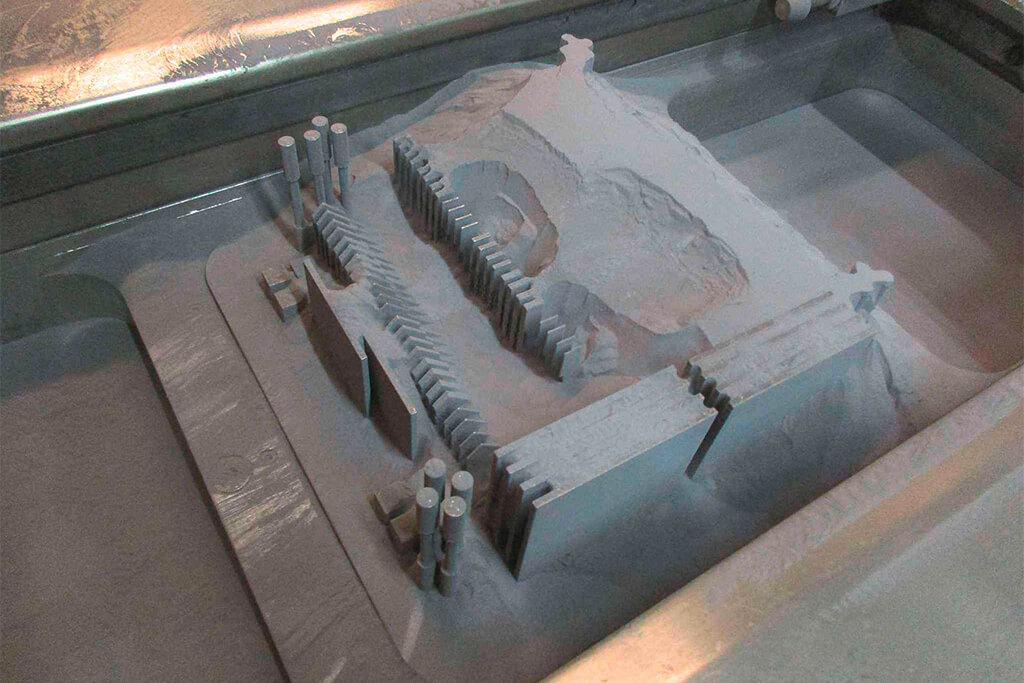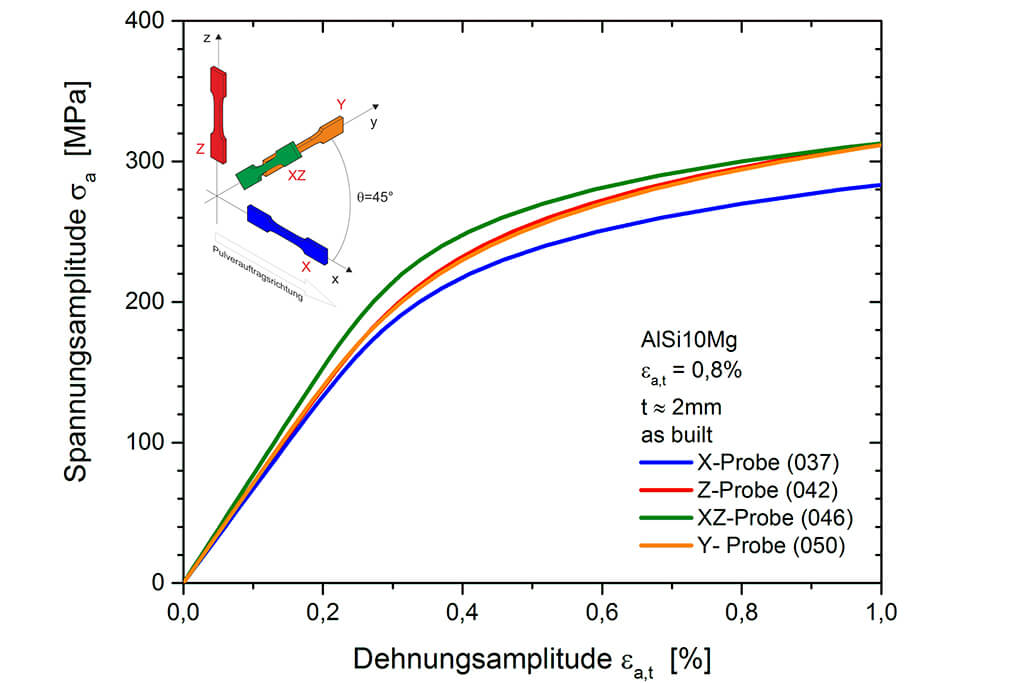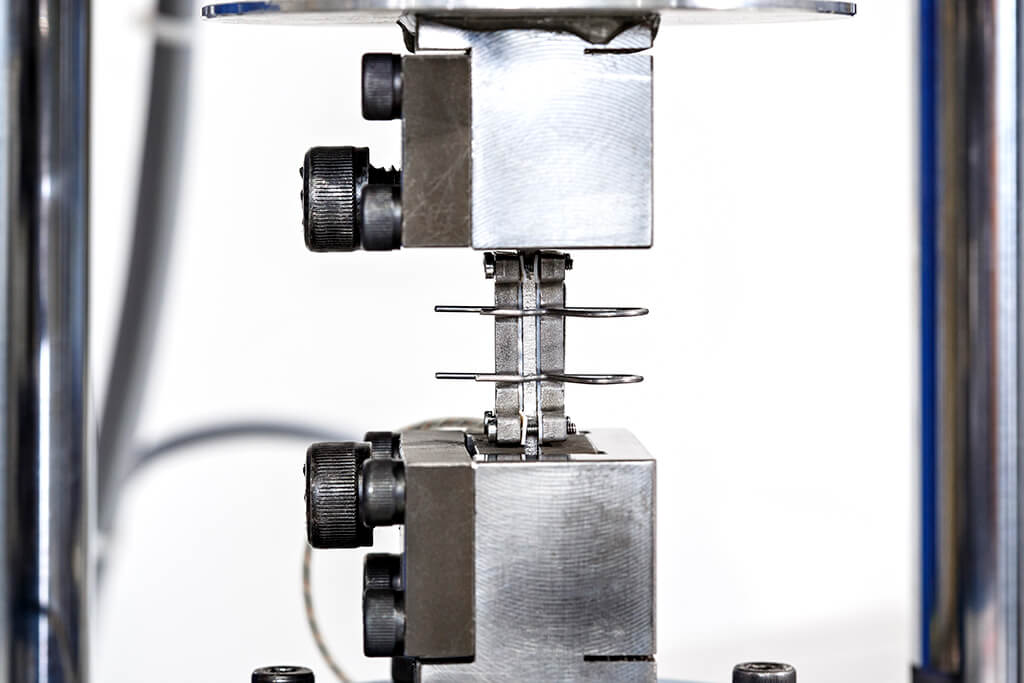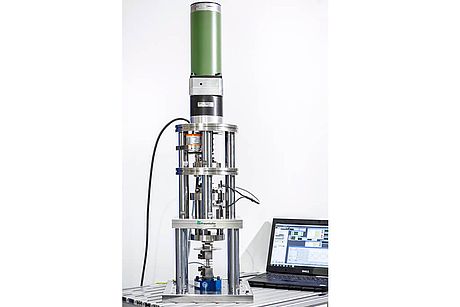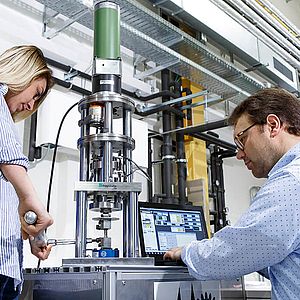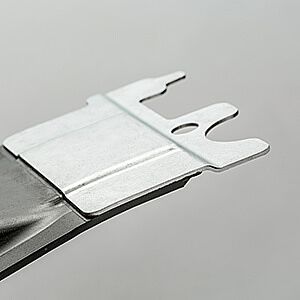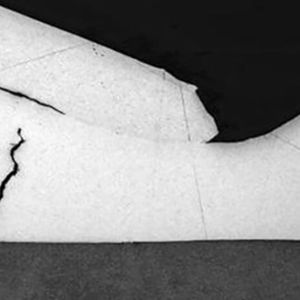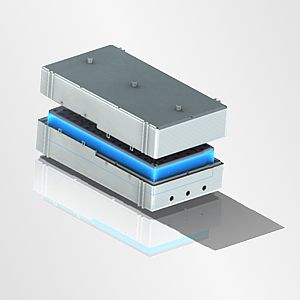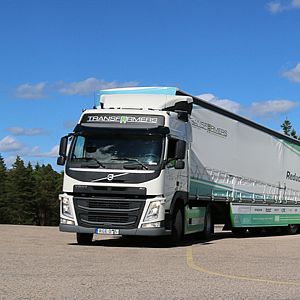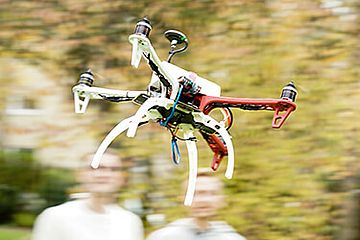Diversity of variants by additively manufactured components.
ADDITIVE MANUFACTURING, SLM, E-MOBILITY, LASER BEAM WELDING, FATIGUE DESIGN CONCEPTS, PROCESS CHAIN
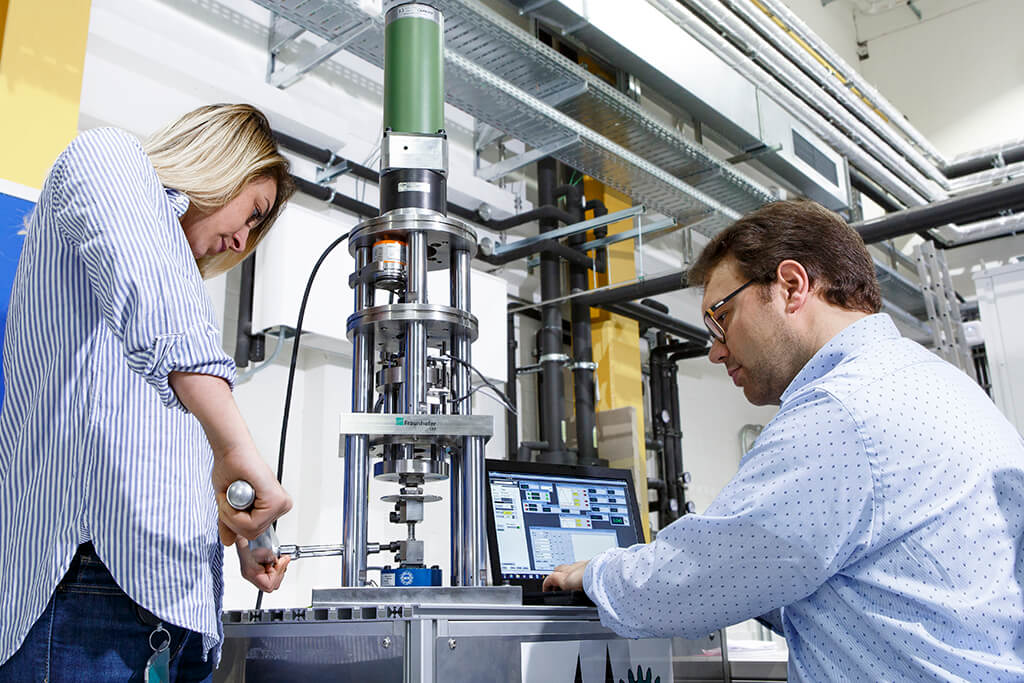
The flexibility in design offered by advanced additive manufacturing technologies makes this process increasingly more attractive for the automotive as well as aircraft industry, especially for the realization of metal components. Nevertheless, while on one hand additive manufacturing paved the way for new design solutions, which were not possible before, on the other hand it represents a new process which is still not being standardized and, therefore, exploitable. Our challenge is to work on the step that will bring its application from rapid prototyping to series production.
Database for future big data analyses
In order to realize this passage between rapid prototyping and serial production, it is essential to investigate additively manufactured materials and their behavior under cyclic loading as function of the process parameters. This knowledge is still very limited, however, it is important in order to evaluate relevant influencing factors such as, the microstructural size effect. The material behavior as well as the fatigue properties are affected by various process variables. These different parameters lead to anisotropic microstructures, gradients of the local properties, and imperfections, which are very hard to predict and, hence, to simulate.
To ensure that the local cyclic material properties can be taken into account in component development, including topology optimization, Fraunhofer LBF has set itself the goal of establishing a database that can be used as the basis for future big data analyses.
The aim of the project ‘VariKa’ is to develop methods for evaluating additively manufactured and subsequently laser beam welded components which are ultimately validated on a scalable battery holder for use in electric vehicles. For this purpose, the entire development process chain, starting with the conceptual design of the battery holder to an updatable production technology using joining without a jig and finally to a fatigue strength assessment, is considered and optimized with regard to the requirements of additive manufacturing. This ensures to take all relevant influences into account.
Development of a new test system
As a basis, the cyclic material behavior is characterized under influence of relevant additive manufacturing parameters and in correlation with the stress level. Here investigations focus on the influence of different thicknesses and different build orientations. Small-scale specimens of different thicknesses are produced by Selective Laser Melting (SLM) of aluminum AlSi10Mg powder. The cyclic stress-strain behavior for different strain amplitudes (in the figures, for maximum strain amplitudes of εa,t = 0.8%) is determined experimentally by Incremental Step Tests (IST). To state the initial conditions, specimens oriented along different directions with respect to the building platform are produced using standard process parameters. The ISTs are performed with an e-cylinder test system that was specially developed for the particular test challenges faced by the Fraunhofer LBF. The results obtained for the build orientations of 0° (horizontal), 45° and 90° (vertical) as well as orthogonal to the powder deposition direction provides information about the anisotropy of the material for application-related machine parameters of the SLM process. Support structures, which are required for downskin angles up to 45°, are subsequently removed. To be able to determine the influence of a support structure on both the material behavior and on the fatigue strength, one part of the specimens is polished and the rest is left in the as-built state. If the thickness is also varied, it is possible to determine the influences of size effects, build orientations, surface conditions (including machined off support structures and surface finishing), and a heat treatment on the cyclic material behavior. The aim of this first project phase is to identify the relevant influencing factors based on the cyclic stress-strain behavior and to provide the characteristic values required for a topology optimization.
With a view to many variants of structural components, it is essential to have the possibility to join laser-additively manufactured parts to conventional semi-finished products. In the VariKa project, fatigue strength characteristics are determined for laser beam welded joints between SLM and extruded sheets as well as for SLM nodes joined to extruded profiles. This was done in order to evaluate a joining method that can be implemented for the application and to develop fatigue design concept for such joints. Both, joining technology and the fatigue design concept are finally validated on a variant of the battery holder. In parallel, an iterative improvement of the structure is carried out in cooperation with the project partners and with the aid of the topology optimization. An early stage of this topology optimization for a potential battery holder design is shown in the figure below. On completion of this research project, an evaluation concept will be available for both additively manufactured components and also for their joints to conventional semi-finished products.
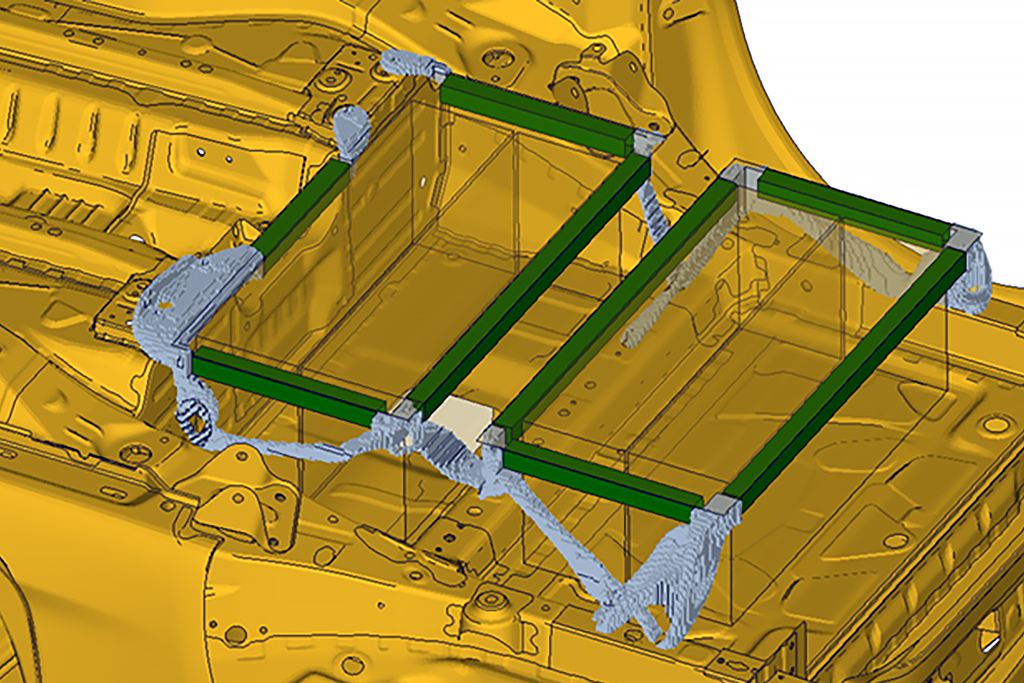
Cyclic material and component behavior of additively manufactured components
The Fraunhofer LBF scientists hope to gain a much broader understanding of the component related cyclic material behavior of additively manufactured metals by exploiting synergies with the findings of the research project ‘BadgeB’. The project focuses on the materials 2.4668 (Inconel® 718) and AlSi7Mg0.6. The behavior of the materials is investigated with the aid of small scale specimens optimized for additive manufacturing, while varying the build orientation, notch sharpness, surface finishing, a subsequent heat treatment, and different stress ratios. For applications in the automotive and aerospace industries, these findings are translated into a design concept for fatigue strength based on application-oriented components.
Varika
EDAG Engineering GmbH, Adam Opel AG (Opel Automobile GmbH), FFT Produktionssysteme GmbH, FKM Sintertechnik GmbH
Sponsored by:
German Federal Ministry for Economic Affairs and Energy, Project Management Agency DLR
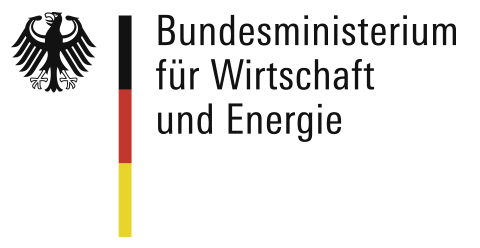
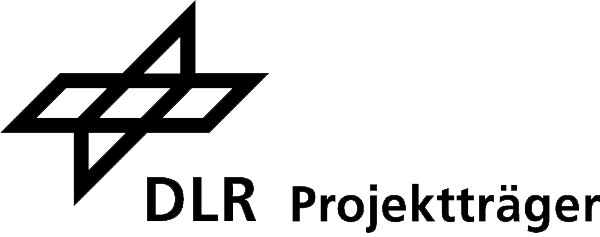
BadgeB
Robert Bosch GmbH, EOS GmbH, EDAG Engineering GmbH, Technische Universität Darmstadt PTW, C.F.K. CNC-Fertigungstechnik Kriftel GmbH, Airbus Defence and Space GmbH, Heraeus Deutschland GmbH & CoKG, SOGETI Deutschland GmbH, Technische Universität Darmstadt MPA/IfW, Linde AG
Sponsored by:
German Federal Ministry of Education and Research, Project Management Agency KIT

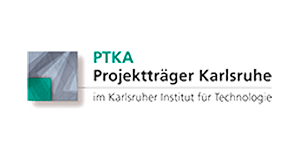
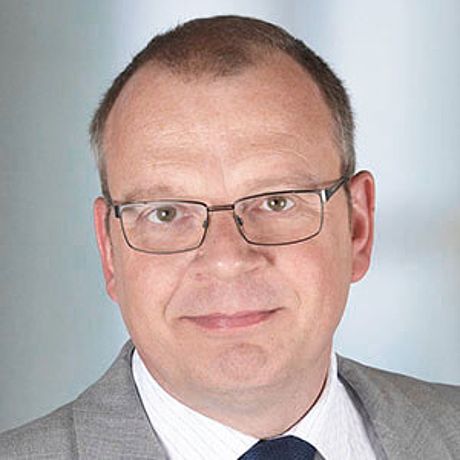
“By performing material characterization of assemblies that are to be additively manufactured and developing a numerical design method, Fraunhofer LBF contributes valuable information regarding the structurally durable design and configuration of components. Urgently required elements are added to the CAD/CAE set of methods, further paving the way for the broad practical application of additive manufacturing technologies.” Jörg Hölig, Head of Competence Center Integral Safety, EDAG Engineering GmbH, Fulda
Contact
- Kai Schnabel, M.Sc.
- Phone: +49 6151 705-451
- kai.schnabel@lbf.fraunhofer.de
- Dipl.-Ing. Benjamin Möller
- Phone: +49 6151 705-8443
- benjamin.moeller@lbf.fraunhofer.de
